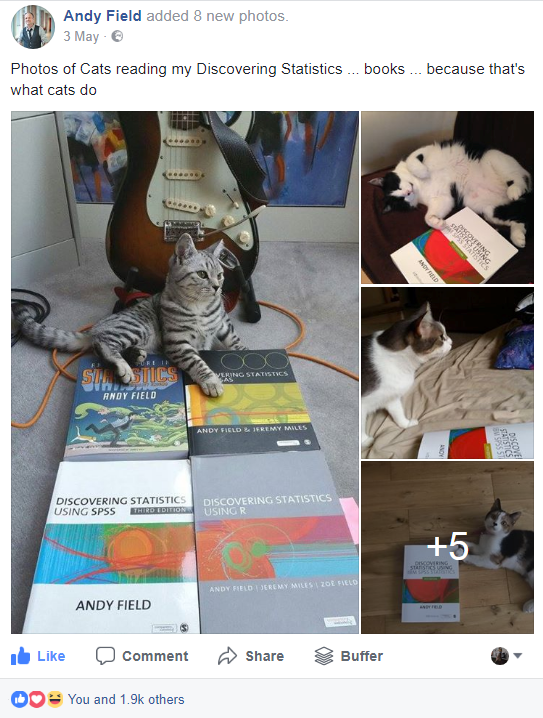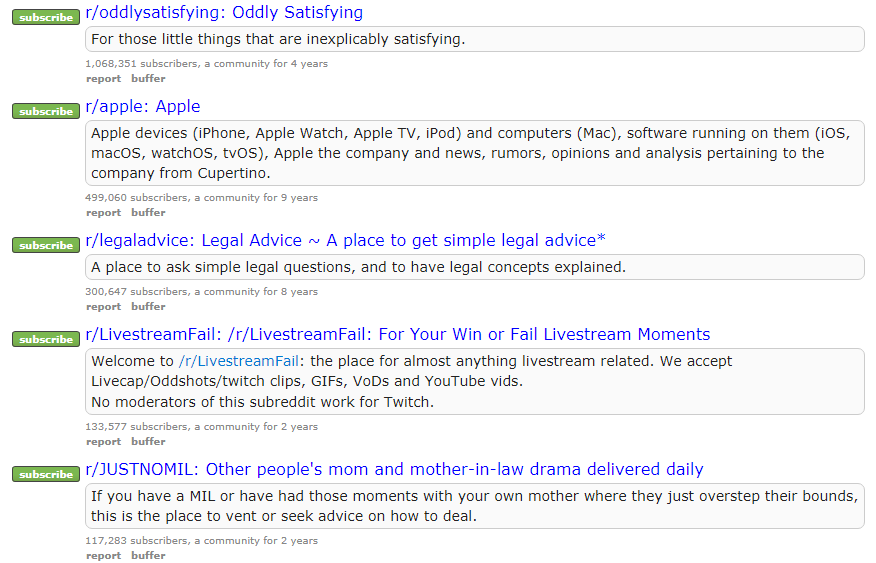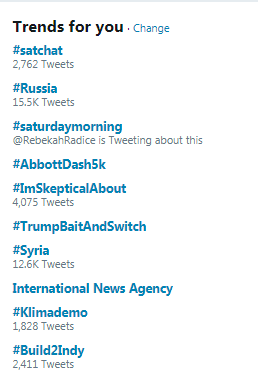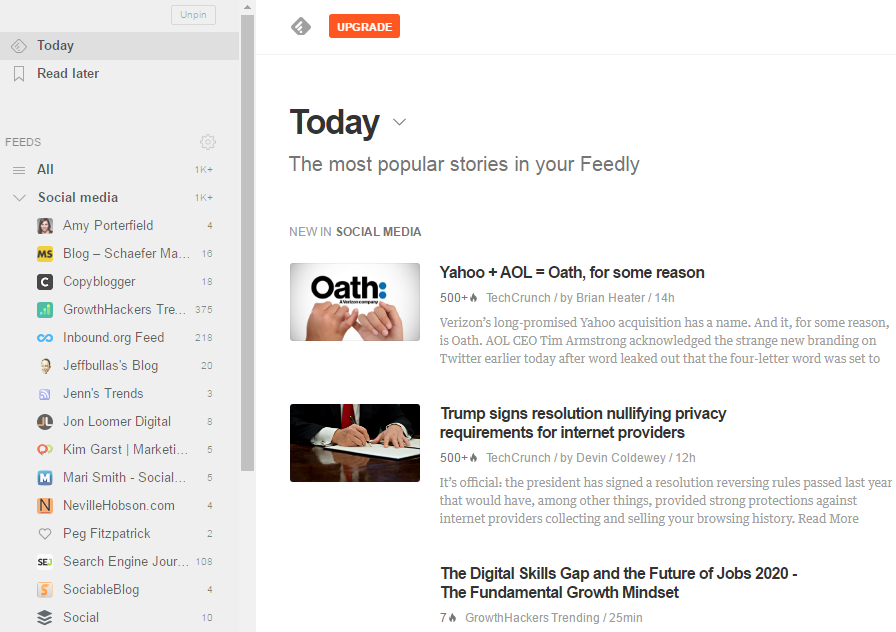6 easy ways to identify trending content

No one has to stay on top of things quite as digital marketers. Alright, that might be an overstatement, but the point stays. Online buzz is ephemeral and extremely powerful. It’s the digital equivalent of “getting noticed”. Almost anything can go “viral” and bring thousands of leads, be it a homemade video of a cat playing with a book you wrote, or a well-thought marketing campaign.

At this point, I'd like to make it clear that there are two types of “viral”. First is the “unknown Lana Del Rey gets 100 million views in a week” kind of viral. It probably doesn’t affect your target audience directly - but because the event is so huge, some probably know about it. Then there’re things that go “viral” among your target audience specifically. New iPhone if you’re in the phone industry, a marketing campaign at Ryanair if you’re a travelling agency, a tweet by George R. R. Martin if you own a bookstore. While the big dream of every marketer out there is to create their own trending content, it’s not always possible. It’s much easier to jump on the existing trending content, which is also preferably relevant. Also, to share trending content as part of your curation strategy. All of that will attract views, leads, and increase brand exposure.
The key now is to find trending content. So let’s look at some of the best ways to do it.
1. Look closely at your audience
Most trends don’t go viral in a day, although that happens too sometimes. In most cases your audience will start talking about the new trend before it becomes a hit. How do you spot the trend in this phase? If you notice the mentions of something specific growing - it’s a sign. If you notice some specific type of mentions growing, for example, live videos - it’s a sign too. If you notice the presence of mentions growing on Instagram as opposed to your usual Facebook mentions - it’s another sign.
When identifying trending content, it’s essential to know all you can about your audience and to be able to predict their next step. What might become trendy among your target audience? Are they the Netflix-loving people tweeting about tea, cookies, cats, and November? Can you then jump on a conversation that will inevitably surround Stranger Things Season Two just before it comes out?
2. Reddit
Reddit calls themselves the front page of the Internet for a reason. Most trendy memes, gifs, stories, obscure news, funny print screens and what not appears on Reddit long before becoming viral on Facebook and Twitter. If you hang out on Reddit (yes, I realize you’re too busy for that), you can regularly see people complaining that they’ve seen something on Reddit that now keeps appearing on other social media channels as “the new big thing”. To cut the long story short, if you want to be aware of the trend before anyone else - go to Reddit.
On Reddit, there are subsections for almost anything. Chances are, there’s a subreddit specifically for your target audience, or at least a broader version of it. There’re subreddits for musics, movies, games, science, legal advice, Mixed Martial Arts, Tinder, oddly satisfying little things, Photoshop, visual representation of data… You get the idea. Sign up and follow the page with your niche and you’ll know all the trends.

3. Google Trends & Twitter
Suppose you don’t want news in your specific niche or to predict tomorrow’s hot topic. You want to know today’s hot topics, tweet about them, jump on a trending hashtag, and share the most current trend. Your go-to place is then Google Trends. You can choose broad categories and countries, and explore the Google searches. It shows you the popularity of a keyword relative to overall search volume over time. However, keep in mind that sometimes people search for a topic most after its relevance has declined. For example, the searches for the advantages and disadvantages of the European Union picked after Brexit, not before and not even on the day of the vote. Google Trends also lists the most popular stories online at any given moment. By the way, if you—like many others—find trending searches distracting while exploring Google Trends, you may want to turn off trending searches in Google to keep your search experience more focused on what truly matters to you.
Another handy place to know what’s on is Twitter. It shows you the most used hashtags, and even makes it vaguely relevant to you. The popular hashtag feed on the left of your screen is based on the accounts you follow and on your location. You can, however, change that setting.

4. Feedly
Depending on your niche, you might find Feedly, a news aggregator app, very helpful. If people write about your industry in blogs and news sites, you’re sorted. Feedly will gather all these news and articles and show you the new ones as soon as they appear online. You’ll have to manually tell Feedly which articles to use (to take RSS feeds from), but that’s a one-time effort. The benefits are long-term. After you have your Feedly account setup, you can not only read all the news in your field, but also share the articles straight from the app.

The basic version of the app is free, a Pro one starts from $5.41. I’d recommend starting with a free one - chances are, you won’t need to upgrade.
5. Medium & BuzzFeed
Both of these websites collect trendy stories on a rather large number of topics, with Medium being slightly more on the informative side and Buzzfeed on the entertainment one. From technology to cooking, they’ve got it covered. From semi-serious articles to incredibly popular BuzzFeed quizzes that can only be used for your Friday night social media strategy if you have one. You can sign up to receive notifications and check out these sites religiously not to miss out on the topics relevant to your niche. Or you can add both of these sites, or the one you like more, to the Feedly app that was discussed above.
6. Create a calendar of upcoming events
Finally, some trends are regular and predictable and, surely, not less important. These include all holidays, some of which will undoubtedly be more relevant to your brand than the others, and massive events like the Oscars, the Olympics, Wimbledon and such. With a calendar that lists all these events, you'll be prepared to create marketing campaigns that go hand in hand with your audience’s interest and social media buzz.













